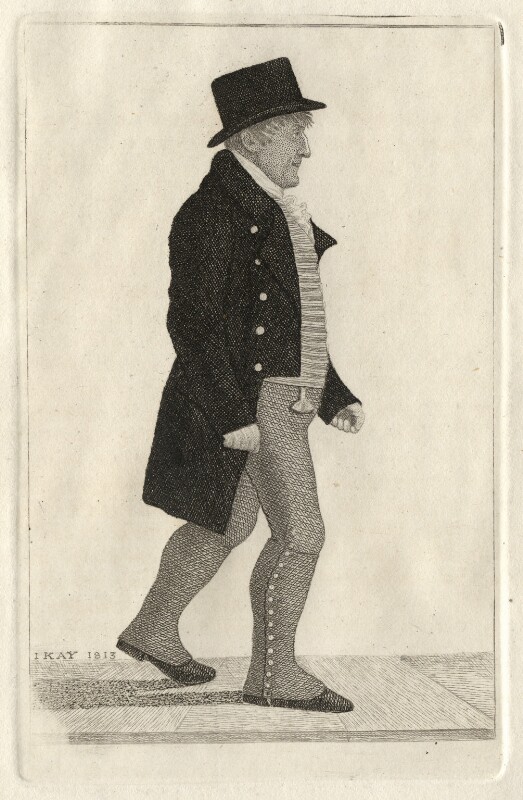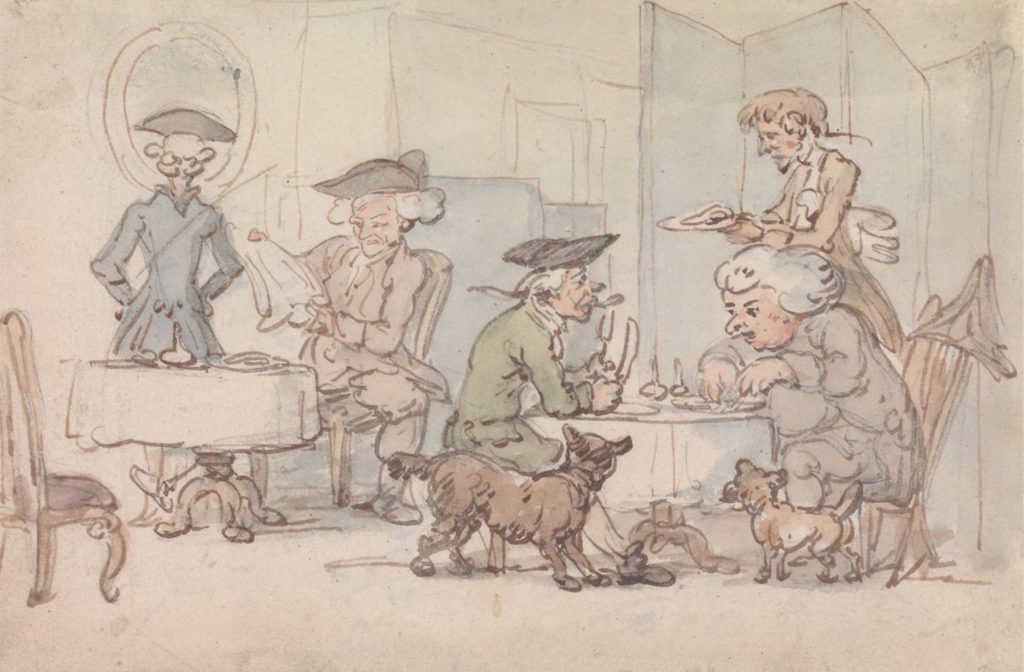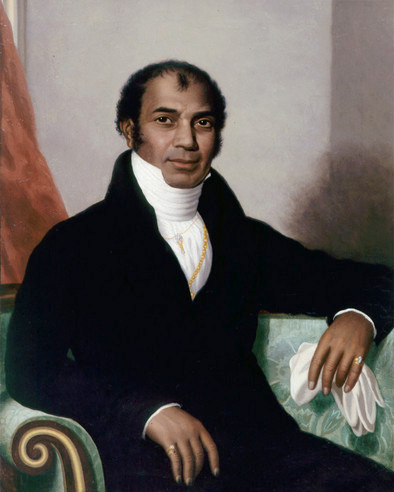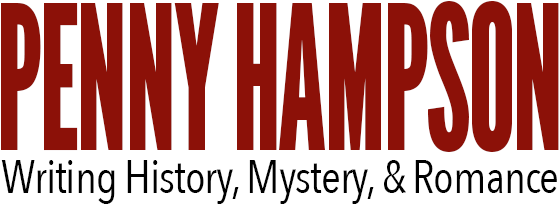My previous post was about private dining. Now it’s time to explore the subject of eating out in the Regency period. Where did people find something to eat if they were not at home?
Believe it or not, there was a version of a good food guide to dining out in London during this period. The very fact that a book like this was produced at all tells us that eating outside of the domestic scene was a common occurrence.
Ralph Rylance (1782-1834) a Bolton man, produced The Epicure’s Almanack in 1815. It was the result of hours of work visiting over 650 establishments. It is believed that Rylance was not solely responsible for this research but had friends and assistants helping to compile all the data.
His book lists not just high-end establishments such as hotels and upper class gentlemen’s clubs, but also shops supplying sausages, fish, and soups, together with places supplying kitchen equipment, cutlery and china.

Alas, this publication was not the success that its author and Longman, the publisher, hoped it would be. Out of the 750 copies printed, only around 300 were sold. However, surviving copies give us a picture of many of the food outlets available to Regency Londoners.
Rylance starts his work by declaring that it is ‘designed to direct any man with a delicate stomach and a full purse, or any man with a keen, strong stomach and a lean purse, where he may dine well, and to the best advantage, in London.’ In other words, he wanted his book to appeal to everybody. Doesn’t every author?
The establishments are listed by district and the first one mentioned is Dolly’s Chop House in Queen’s Head passage near Pannier Court in the City of London. Rylance states that their beef-steak is ‘dressed in the best style, and served up as hot as it should be, with all the requisite condiments.’ I wonder whether being served food at the right temperature was a hit and miss affair in Regency London.
Rylance doesn’t only comment on the quality of the food. His reviews include interesting snippets about the clientele. In the case of Dolly’s Chop House, Rylance says that this was a regular haunt of lecturer and physician, Dr George Fordyce (1736-1812), who took his only meal here each day. And what a meal that was, consisting of a tankard of strong ale, a bottle of port wine, a quarter pint of brandy, all to wash down a pound and a half of rump steak accompanied by either half a broiled chicken or a plate of fish. This operation took the doctor an hour and a half, ‘and then he returned to his house in Essex Street, to give his six o’clock lecture on chemistry.’ I’m surprised that the doctor could stand up after that meal, never mind give a lecture.

Another eating house is Crish’s A-la-mode Beef Shop at 22 Butcher-Hall Lane, which, of course serves beef. Rylance notes that ‘A stranger may venture to stay his stomach, without fear of being haunted by the horrible doubt as to whether the animal whose corpse he is feasting on was, when alive, an inhabitant of the stall or the stable.’ It seems that some establishments were in the habit of dishing up horse meat under the guise of beef, not a problem at Crish’s.
Just off Leicester Square, the John o’Groat’s eating house at number 58 Rupert Street comes highly recommended. ‘the neatness of its eating-rooms is really exemplary.’ Rylance describes the service as commencing at two o’clock when ‘whole corps of beef, mutton, lamb, veal, pork, as well as many light divisions of pies, puddings, peas, sallads, vale-royal Cheshire cheese, Gloster, single and double, are cut to pieces.’ By seven in the evening all the dishes have been cleared. According to Rylance, this place was very popular with students at the nearby William Hunter medical school, who displayed ‘equal dexterity with the knife and with the scalpel.’
An establishment popular with army and naval officers was New Slaughter’s Coffee House in St Martin’s Lane. ‘You may here dine on prime roast and boiled, with plum pudding and apple-pie for one shilling and nine-pence.’
Further out of the city, in Kensington, there are several eating houses for the use of people who have ventured out to enjoy the gardens. In the centre of Kensington is Shepherd’s Pastry shop ‘famed for its excellent three cornered cakes’. They sound intriguing.
In Twickenham the George Inn is recommended for its ‘good accommodations, good cheer, and kind welcome.’
Greenwich was also another popular destination, said to be ‘a favourite spot among all classes’. In fact, when the Easter and Whitsuntide fairs were taking place there were so many visitors that ‘half of the inhabitants are obliged to turn public cooks to accommodate them.’
English fare wasn’t the only offering in London. French and Italian cuisines were also available to discerning customers. In the fashionable area of Edward Street, the confectioner Monsieur Parmentier sold ‘presereves and conserves, wet and dry, jellies, jams, coloured transparent pastes, fruits dried or preserved in French brandies, comfits, lozenges, drops of every colour and flavour, superior macaroons, and rout cakes of the most fanciful forms, with ices and creams.’ It is no surprise that Monsieur Parmentier was confectioner to the Prince Regent – a man known to enjoy his food.

One style of cooking which is popular today had its first tentative start in London at this time. I’m referring, of course, to Indian cuisine. In 1810, Deen Mohammed (1759-1851) opened the Hindoostanee Coffee House in George Street. ‘All the dishes were dressed with curry-powder, rice, Cayenne, and the best spices of Arabia.’ A room was also set aside for smoking hookahs. The proprietor was no doubt hoping to appeal to the nostalgic taste buds of those gentlemen who had spent time in the sub-continent. Unfortunately, his enterprise here was not long lived and Rylance notes that Mr Mohammed became bankrupt. The coffee house closed in 1812. It would be almost a hundred years before Indian cuisine became the mainstay of British dining out that it is today.
As you can see from my very brief exploration of eating establishments, Londoners of the Regency period enjoyed dining out and there were a variety of cuisines available to them, catering to every purse and taste. We might think that eating out is a new phenomenon but The Epicure’s Almanack shows us that going out for a meal was very much a thing during the Regency.
If you enjoy reading stories set in the Regency period, check out my Amazon Author page here. Each one can be read as a standalone and all are free with kindleunlimited. Spanish and Italian language editions are also available.
References
The Epicure’s Almanack Eating and Drinking in Regency London, edited by Janet Ing Freeman, The British Library, 2013
https://en.wikipedia.org/wiki/Hindoostane_Coffee_House
Images
Ralph Rylance by John Kay, etching, 1813, © National Portrait Gallery, London Purchased with help from the Friends of the National Libraries and the Pilgrim Trust, 1966 Reference Collection
NPG D16883
Deen Mahommed: https://commons.wikimedia.org/wiki/File:Sake_Dean_Mahomed.jpg Brighton Museum & Art Gallery, Public domain, via Wikimedia Commons
Thomas Rowlandson, 1756–1827, British, Diners in a Chop Shop, between 1800 and 1805, Watercolor with pen and brown and red-brown ink over graphite, verso: black crayon, graphite, and ink lines, numbers and tracing of recto image on medium, smooth, cream wove paper, Yale Center for British Art, Paul Mellon Collection, B1975.3.39.


Found it 😂
That’s great, Paula!